Currently Empty: $0.00
Tai Chi Knowledge
Gentle chair tai chi routines for seniors and beginners
Chair tai chi, or seated tai chi, is getting popular. It’s a gentle but effective workout, perfect for seniors and folks with mobility issues. It takes regular tai chi moves and makes them seated, so more people can try it.
Table of Content
- Benefits of chair tai chi for seniors
- Simple chair tai chi exercises for beginners
- Improving flexibility with seated tai chi
- Chair tai chi for stress relief and relaxation
- Building strength through chair tai chi
- Chair tai chi routines for better balance
- Adapting chair tai chi for limited mobility
- Chair tai chi for office workers
- Music and ambiance for chair tai chi
- Chair tai chi vs. standing tai chi
- Finding chair tai chi classes near you
- Chair tai chi equipment and accessories
Great for injury recovery, low-impact exercise, or if you just like sitting. Chair tai chi boosts flexibility, balance, and mood. Here are 12 cool things about chair tai chi to help you see why it’s great and how to add it to your day.
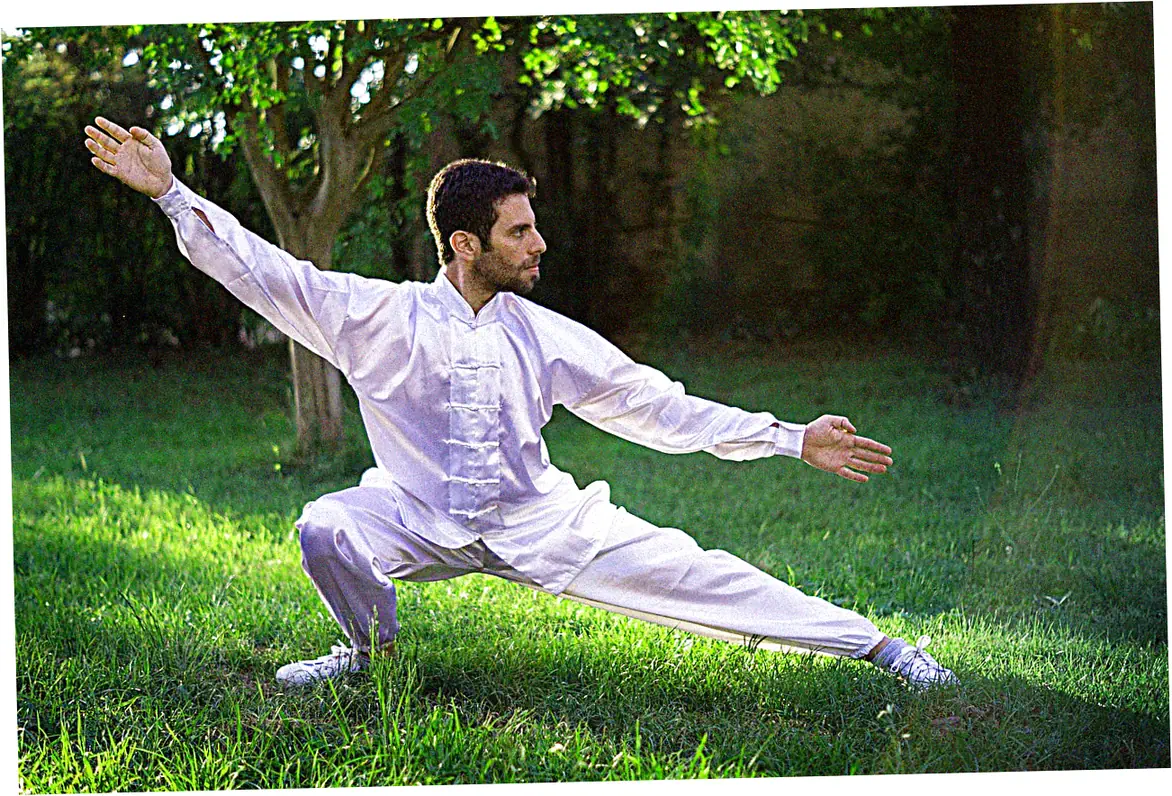
Benefits of chair tai chi for seniors
Seniors love chair tai chi. It keeps them moving safely – no joint stress or fall worries.
The slow moves get blood flowing, ease stiffness, and help you move better. Lots of seniors say they feel more peppy and less stressed after doing it regularly.
Plus, it’s social – meet people in classes or online sessions. Studies show seated exercises like tai chi can lower blood pressure and help your heart. No matter if you’re 60 or 80, you can do chair tai chi at your own pace – it works for life.

Simple chair tai chi exercises for beginners
You don’t need experience to start chair tai chi.
Easy moves like arm circles, gentle twists, and breathing are great for newbies. They help you relax, stay aligned, and feel more confident.
Teachers say go slow at first and pay attention to how your body feels. Try a quick 10-minute session: shoulder rolls to warm up, then wrist turns, ending with calming breaths. New folks often use a mirror to check their posture. YouTube has free how-to videos so you can begin at home.

Improving flexibility with seated tai chi
Chair tai chi really helps with flexibility – you’ll see changes if you keep at it.
Moves like seated bends and side stretches ease muscles without pushing too hard. It’s not like tough stretching – you improve slowly and safely.
One study found seniors doing seated tai chi twice weekly got way more flexible in shoulders and hips. Lots said it helped with arthritis pain too. Stick with it – even quick daily practice helps long-term.

Chair tai chi for stress relief and relaxation
People really love how chair tai chi cuts stress and helps you relax.
Slow moves plus deep breathing really chills you out. Moves like cloud hands and pushing the wave keep you focused, not worried.
People say even 15 minutes can lower stress hormones and boost mood. Therapists suggest it helps with anxiety and depression. Do it in a quiet, softly lit spot with few distractions for best results.

Building strength through chair tai chi
Chair tai chi is easy but really builds muscle if you keep at it.
Moves like leg lifts and arm raises work lots of muscles without weights. Super helpful for seniors wanting to stay independent.
A 2021 study found 3 months of chair tai chi boosted leg strength by 20%. It strengthens your posture and eases back pain too. Some teachers add light weights or bands for more challenge, but you don’t have to. It’s about smooth, careful moves, not hard work.
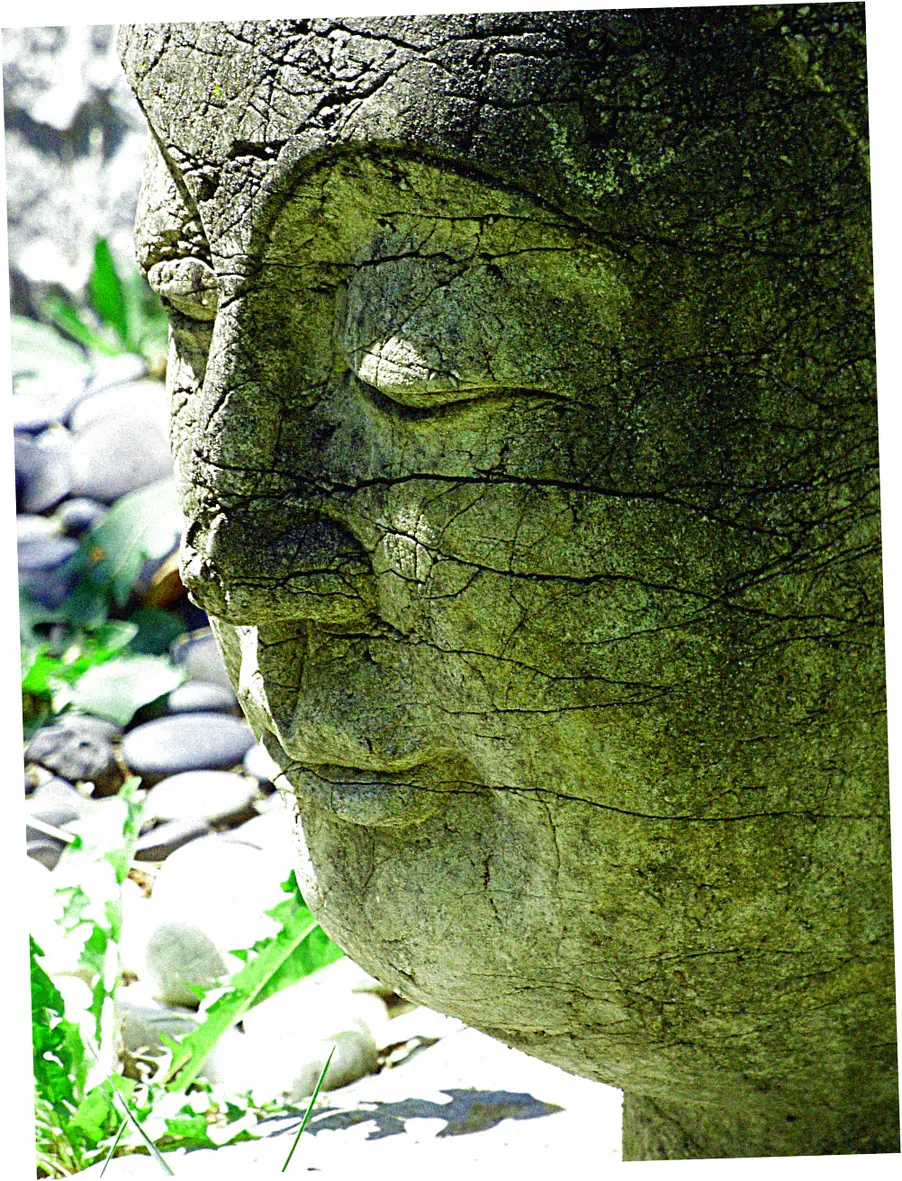
Chair tai chi routines for better balance
Seniors often worry about balance – chair tai chi helps.
Moves like weight shifts and knee lifts help you stay steady. Great for folks moving from sitting to standing.
One program showed chair tai chi cuts fall risk nearly in half. You use the chair for support while learning balance, getting more confident. For safety, put the chair by a wall or use a grippy mat. Better balance helps with daily stuff like stairs or car rides.

Adapting chair tai chi for limited mobility
Chair tai chi works for anyone, even with mobility limits.
Injured, sick, or disabled? No problem – it can be adjusted. Arthritis? Do more arm moves. Back problems? Focus on breathing.
Some teachers, like Adrian Buczek, customize moves for you. Rehab centers use adapted tai chi to help people move better with less pain. The idea is including everyone – moves can change but still work.
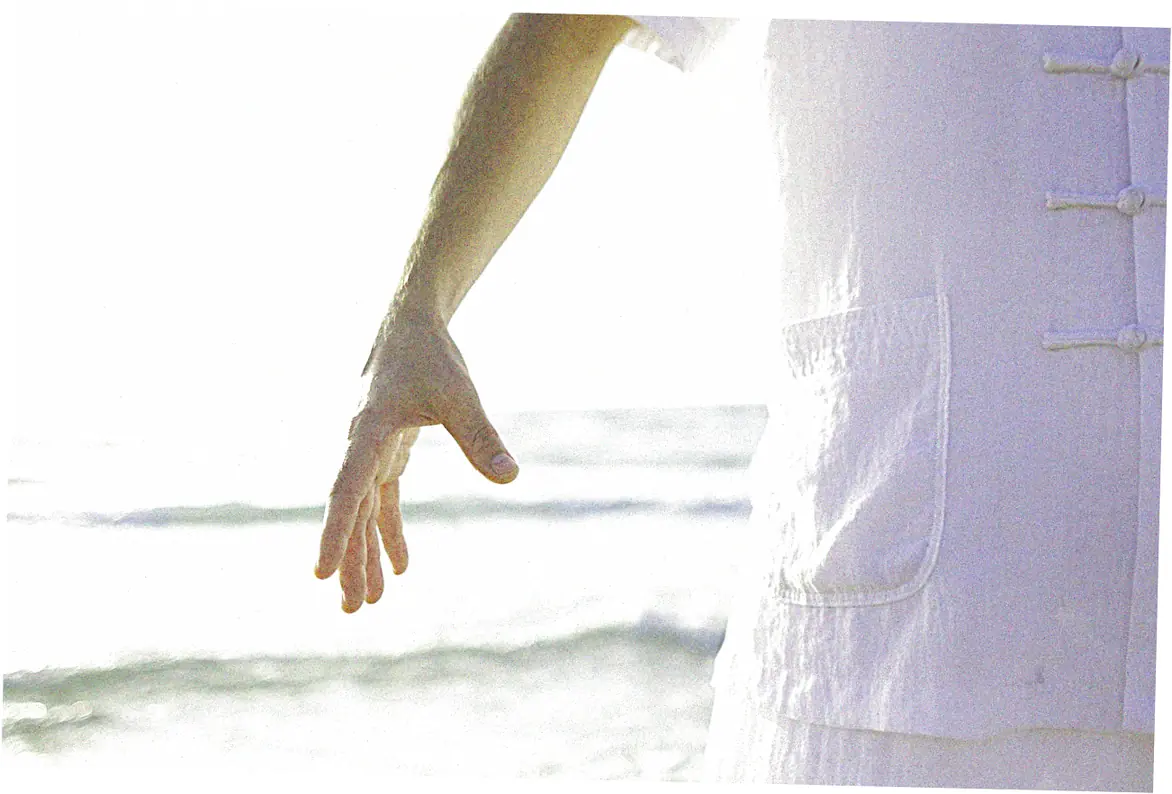
Chair tai chi for office workers
Desk workers love quick chair tai chi breaks.
Easy moves fight sitting all day – no more stiff neck or bad circulation. Try desk wave hands or seated twists – no one will even notice at work.
Lots of companies add chair tai chi to wellness plans – fewer sick days and more work gets done. Just 10 minutes at lunch can wake up your brain and body for better focus. Do chair tai chi plus set up your workspace right for best results.
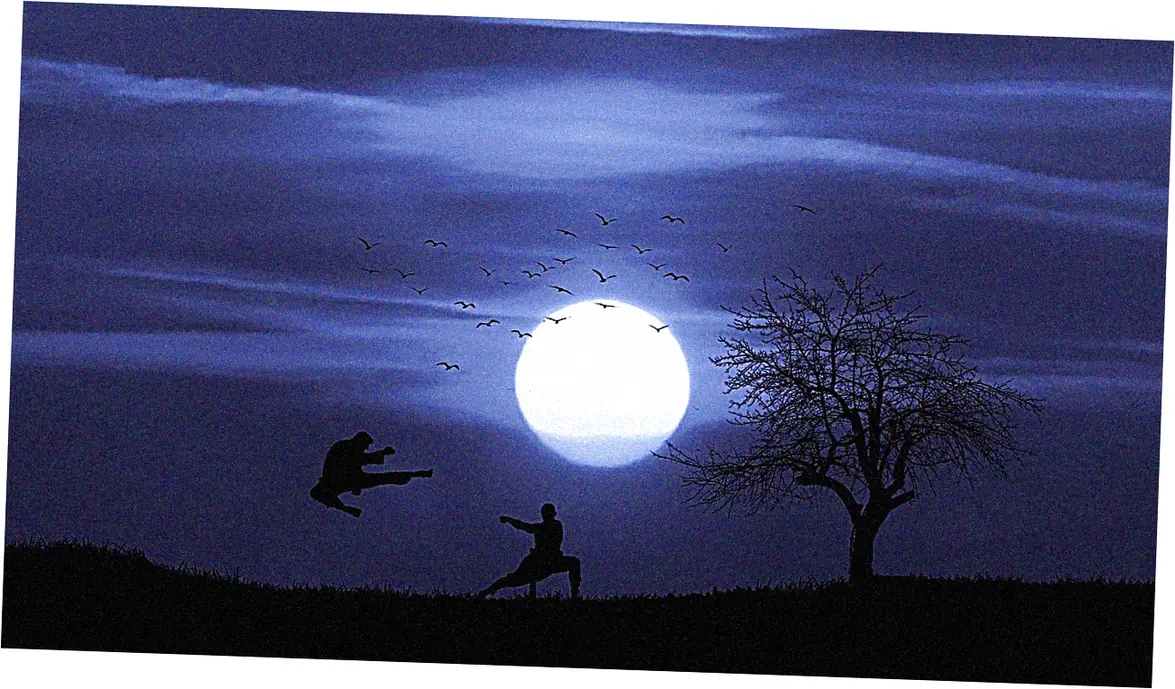
Music and ambiance for chair tai chi
Good music makes chair tai chi even better – more relaxing and rhythmic.
Try soft instrumentals, nature sounds, or Chinese tunes. Sites like Epidemic Sound have free music perfect for this.
Do it in dim light with a clean space to focus better. Outside is great when it’s nice – fresh air helps. Try different spots to see what you like best. Just make a calm space that helps you do your thing.
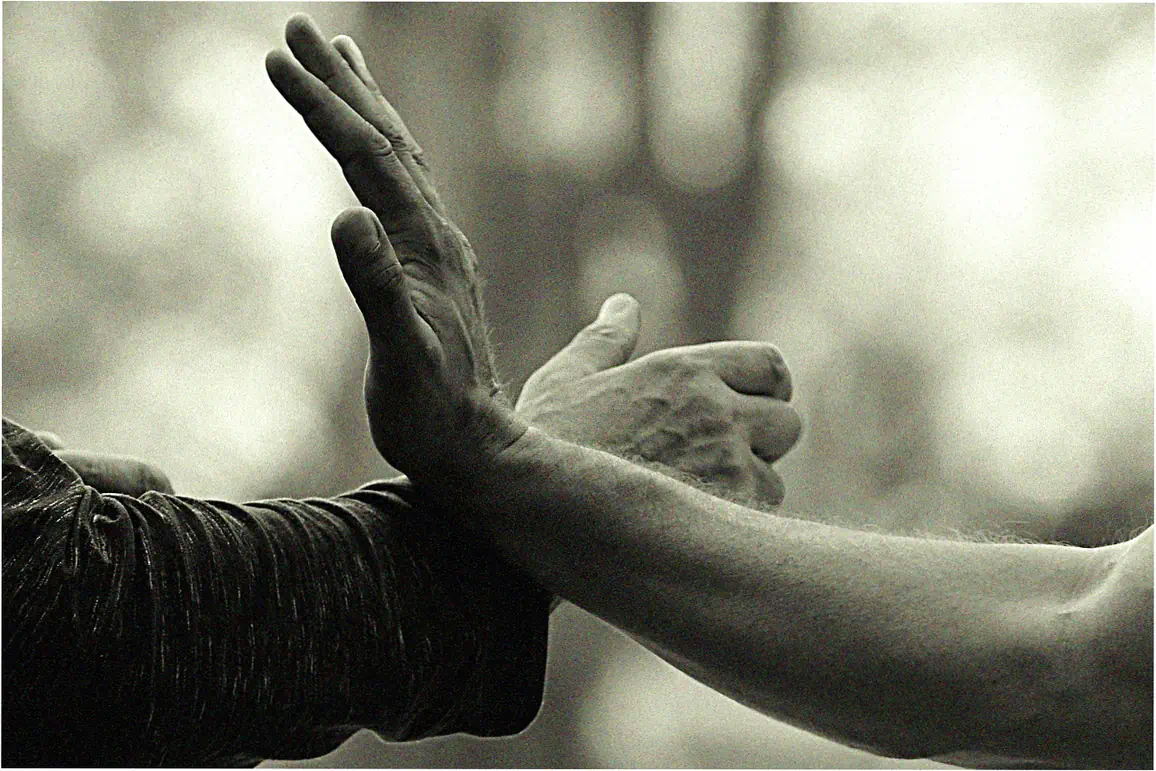
Chair tai chi vs. standing tai chi
Standing tai chi is good, but chair tai chi works if you can’t stand long.
Both types use slow, careful moves and breathing. Chair tai chi does more arm moves; standing works legs more.
Many start with chair, then move to standing as they get stronger. Mixing both types gets you all the benefits. Just pick what feels right for your body.
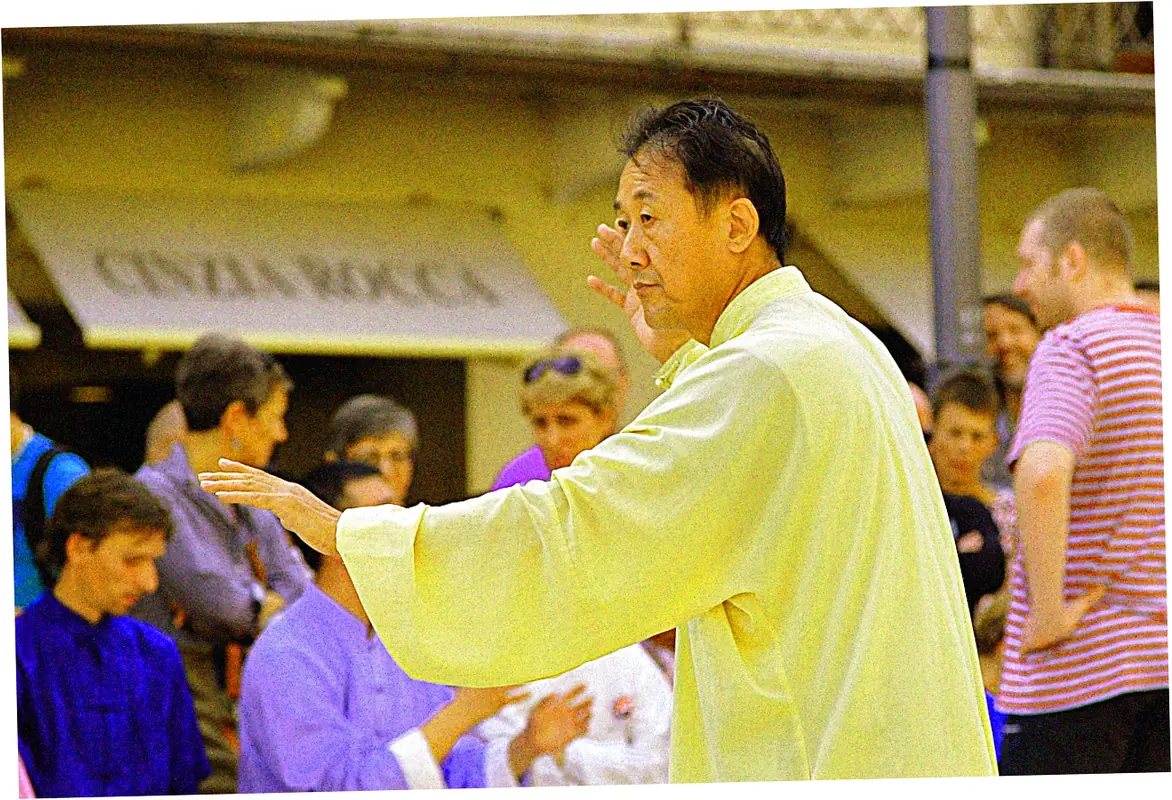
Finding chair tai chi classes near you
Check community centers, senior spots, and gyms for chair tai chi.
Try Meetup or Facebook groups to find local classes. Lots of teachers do online classes if you’re busy.
Pick a class by checking the teacher’s skills, class size, and vibe. Some classes are for therapy, others just for fitness. Try a few before settling on one. Ask friends or doctors for good class tips too.
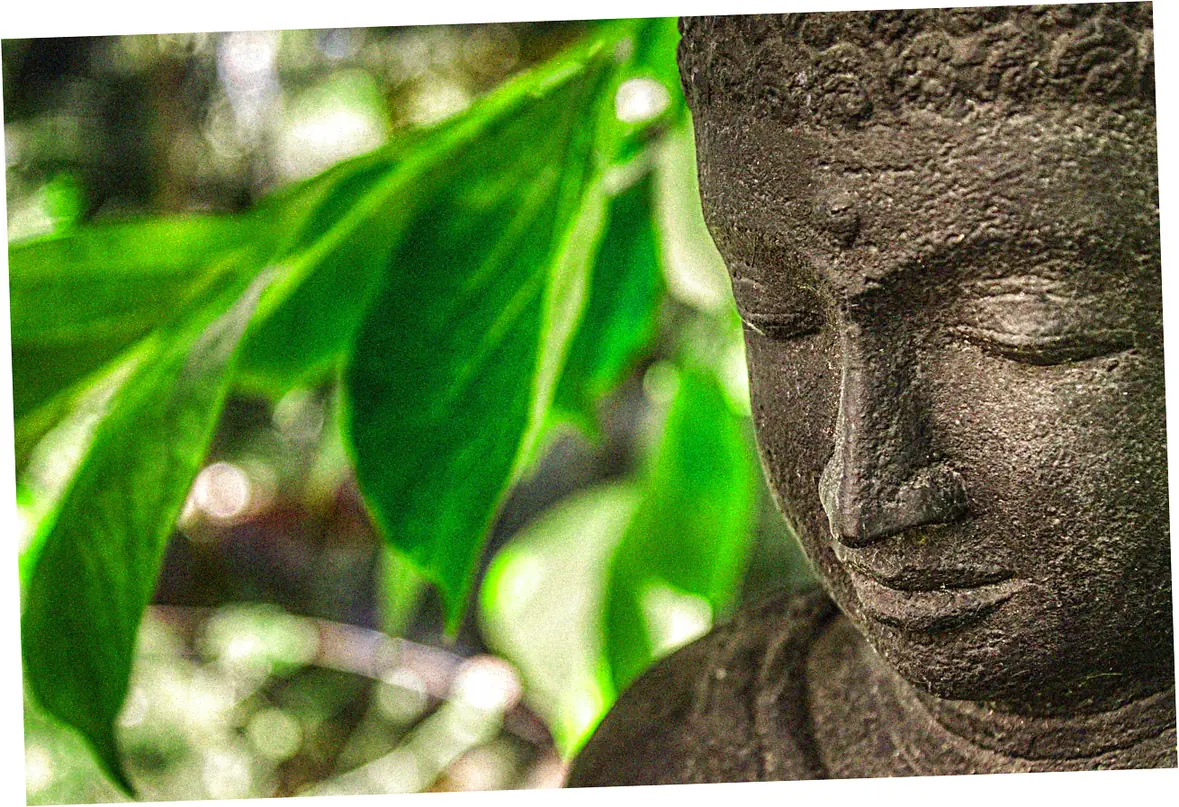
Chair tai chi equipment and accessories
You don’t need much gear for chair tai chi, but some extras help.
Just need a solid chair without arms – kitchen chairs work fine. Some folks add yoga blocks or stretch bands for more challenge.
Wear comfy clothes you can move in. Outside? Bring a hat and water. Skip thick-soled shoes – they mess with your balance. Best part? It’s simple – no fancy stuff needed.
In conclusion, chair tai chi is a versatile practice that caters to diverse needs, from seniors seeking gentle exercise to office workers combating sedentary habits. Its benefits span physical, mental, and emotional well-being, making it a holistic approach to health.
Whether you practice at home or in a group, consistency is key to experiencing lasting results. Ready to begin? Explore online tutorials or local classes today, and discover how chair tai chi can enhance your life. For further reading, check out resources from the Tai Chi Foundation or consult with a certified instructor.
